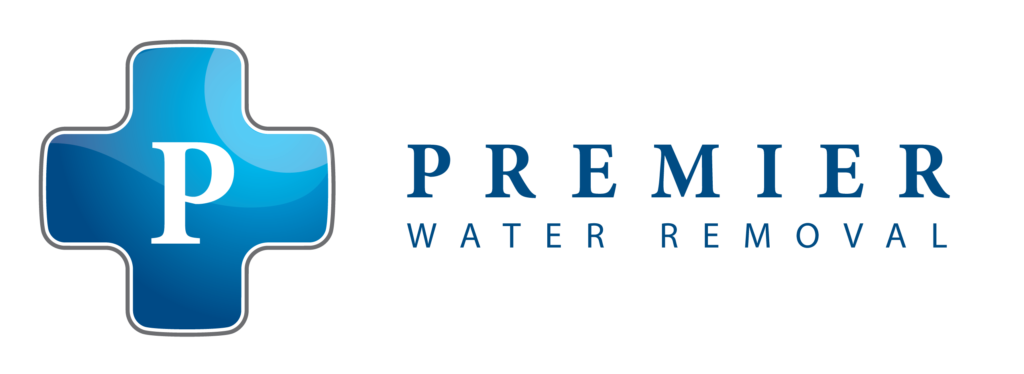Water damage can turn your home into a breeding ground for mold, which only makes things worse. When your home gets wet, especially in places like basements or bathrooms, mold can start showing up within just 24 to 48 hours. This quick growth can lead to health and structural problems, so it’s important to act fast.
Keeping mold at bay starts with quick action. As soon as you notice water damage, it’s time to remove excess moisture and start drying the area to stop mold spores from settling in. Opening windows and using fans or dehumidifiers can help speed up this process and protect your home.
Staying vigilant with prevention strategies means you are keeping your living space safe and healthy. By regularly inspecting for leaks and using mold-resistant materials, you can effectively control the risk of mold growth.
Let’s explore the best ways to keep your home mold-free after water damage.
Understanding Mold Growth After Water Damage
When water invades your home, it creates a moist environment where mold thrives. Mold spores are tiny and float through the air, looking for damp places to land. The basements, bathrooms, and other less ventilated areas of your home provide the perfect spots for mold to settle. These places are often humid, dark, and stay wet longer, giving mold a chance to grow.
Mold can begin to grow surprisingly fast. Just 24 to 48 hours after water exposure, the spores can start to spread. This rapid growth can worsen the damage and even cause health issues like allergies and respiratory problems if you or your family breathe in the spores. Keeping watch for mold in areas prone to dampness is important.
Being aware of the conditions in your home can help you fight mold effectively. Basements are often at risk due to leaks or flooding. Bathrooms with poor ventilation also host mold quickly. Identifying these vulnerable spots early can help you take action to stop mold before it becomes a serious problem.
Immediate Actions to Stop Mold
After experiencing water damage, acting quickly is crucial to prevent mold. Start by removing excess water using mops or a wet/dry vacuum. Once the standing water is cleared, open doors and windows to let in fresh air. Ventilating the area helps dry things out faster.
Here’s a helpful list to tackle moisture:
1. Use Dehumidifiers: These machines help reduce humidity by pulling moisture from the air, making it harder for mold to grow.
2. Set Up Fans: Position fans around the affected area to circulate air and speed up the drying process.
3. Remove Wet Items: Quickly removing damp carpets, furniture, and other materials is important. These items can harbor mold spores, allowing them to spread.
4. Check Hidden Areas: Look for moisture in overlooked spaces like under sinks or behind appliances.
By implementing these steps swiftly, you can minimize the risk of mold making itself at home. Prompt action reduces the chance of further damage and helps maintain a safe environment for your family. Acting fast makes all the difference in keeping your home mold-free.
Long-Term Prevention Strategies
Preventing mold over the long term involves taking steps to make your home less vulnerable to moisture. One effective way is by waterproofing areas at risk. Sealing cracks in your foundation and around windows can keep water out. Installing sump pumps in basements can also help divert water away before it becomes a problem.
Regular home inspections are a practical way to catch leaks early. Checking your roof, gutters, and plumbing for issues can prevent small problems from leading to extensive mold growth. Staying ahead with maintenance goes a long way in keeping your home dry.
Consider using mold-resistant materials and finishes in areas prone to moisture. Mold-resistant drywall, paint, and caulking can act as a barrier, reducing the chances of mold taking hold. These materials are specially designed to resist mold, making them a smart choice for bathrooms, kitchens, and basements.
By incorporating these long-term strategies, you can significantly lower the risk of mold and maintain a healthier home.
Signs of Mold and When to Seek Help
Detecting mold early can protect both your health and your property. A musty smell is one of the first signs, often noticeable before seeing any visible growth. Look for spots or patches on walls, ceilings, and other surfaces that are black, green, or white. Mold often appears in corners and damp spots that go unnoticed.
Health symptoms like sneezing, coughing, or itchy eyes can also indicate mold presence, especially if they ease when you’re away from home. Some molds release toxins that can cause more severe reactions in people with sensitivities or compromised immune systems.
If you suspect mold, it’s crucial to seek professional help. Experts can assess how far the mold has spread and determine the best way to remove it safely. Professional remediation ensures that mold is eliminated thoroughly, preventing it from returning. Don’t hesitate to get help if you find mold, as early action protects your health and home.
Conclusion
Recognizing and responding to water damage swiftly is essential for preventing mold. By understanding how mold grows, taking immediate actions, and implementing long-term prevention strategies, you can keep your home safe. Regular maintenance and choosing the right materials offer a strong defense against mold.
Should you encounter a mold problem, acting quickly can minimize damage. Remember that early signs should not be ignored. Protecting your indoor environment involves constant vigilance and care.
Take charge of water damage situations to keep your home mold-free. If you need flood repair services in Seattle, Premier Emergency Water Removal is ready to assist you with expert solutions to eliminate mold effectively and restore your home to safe conditions. Contact us today to ensure a dry and mold-free home environment!
